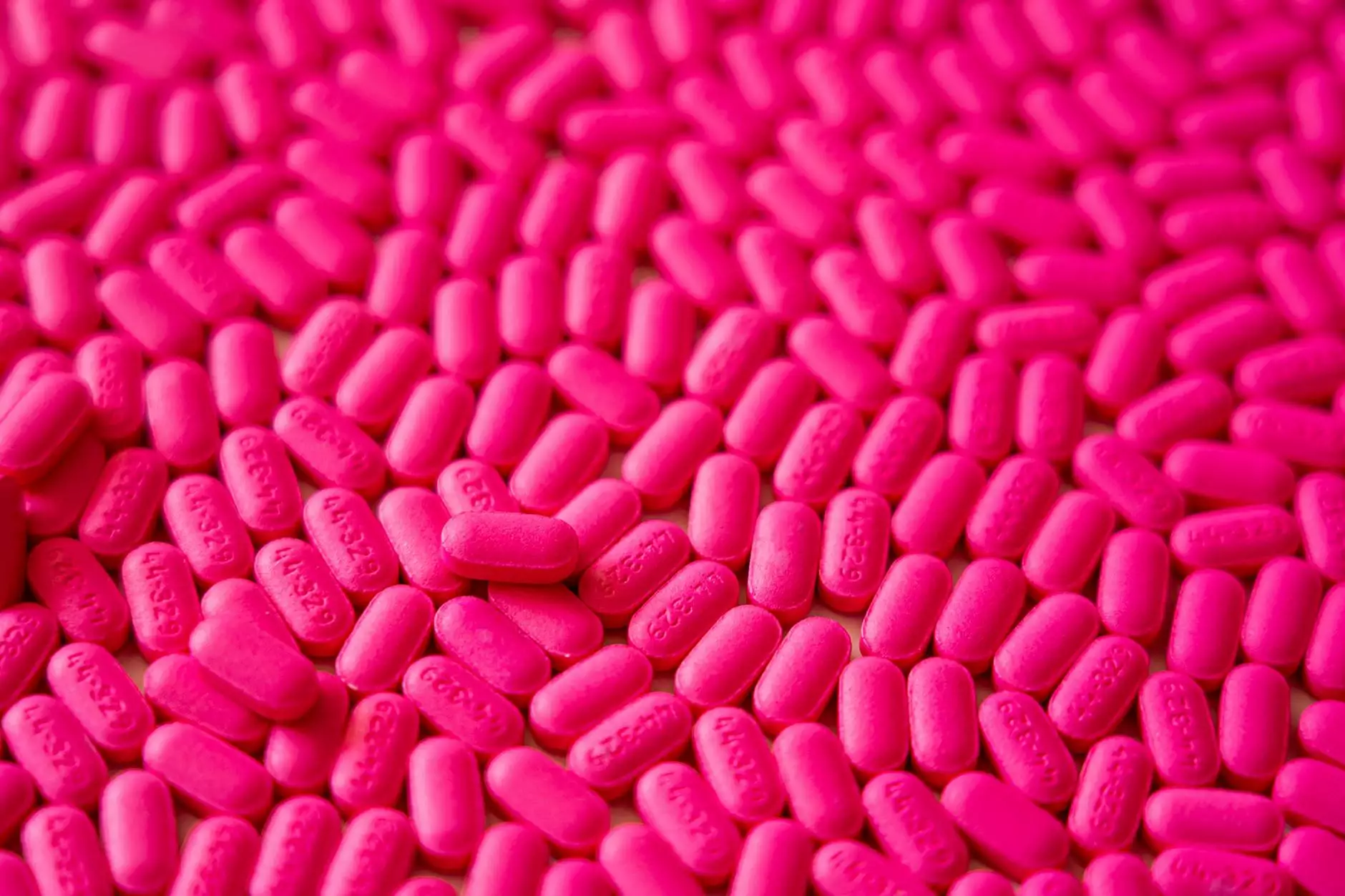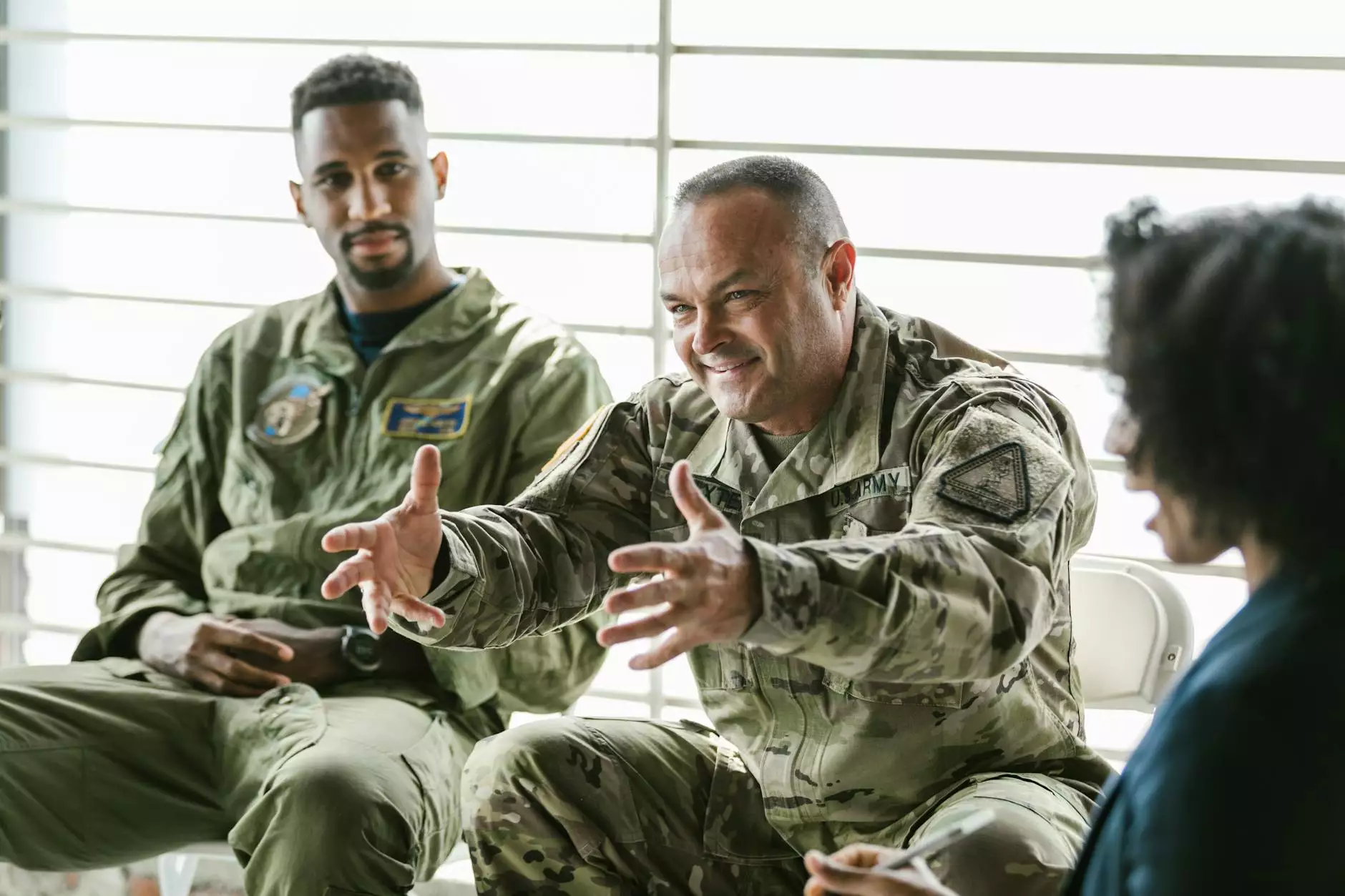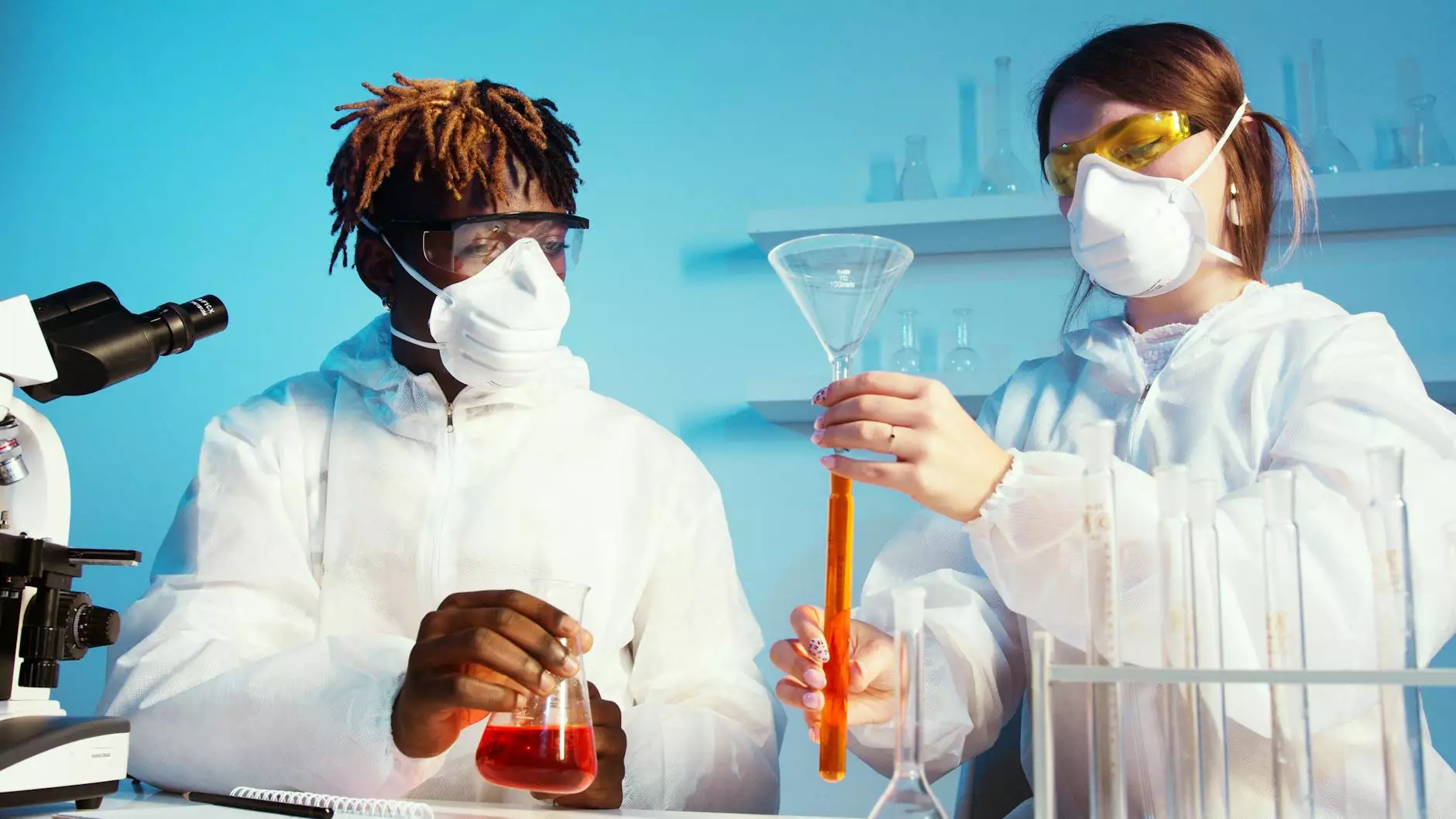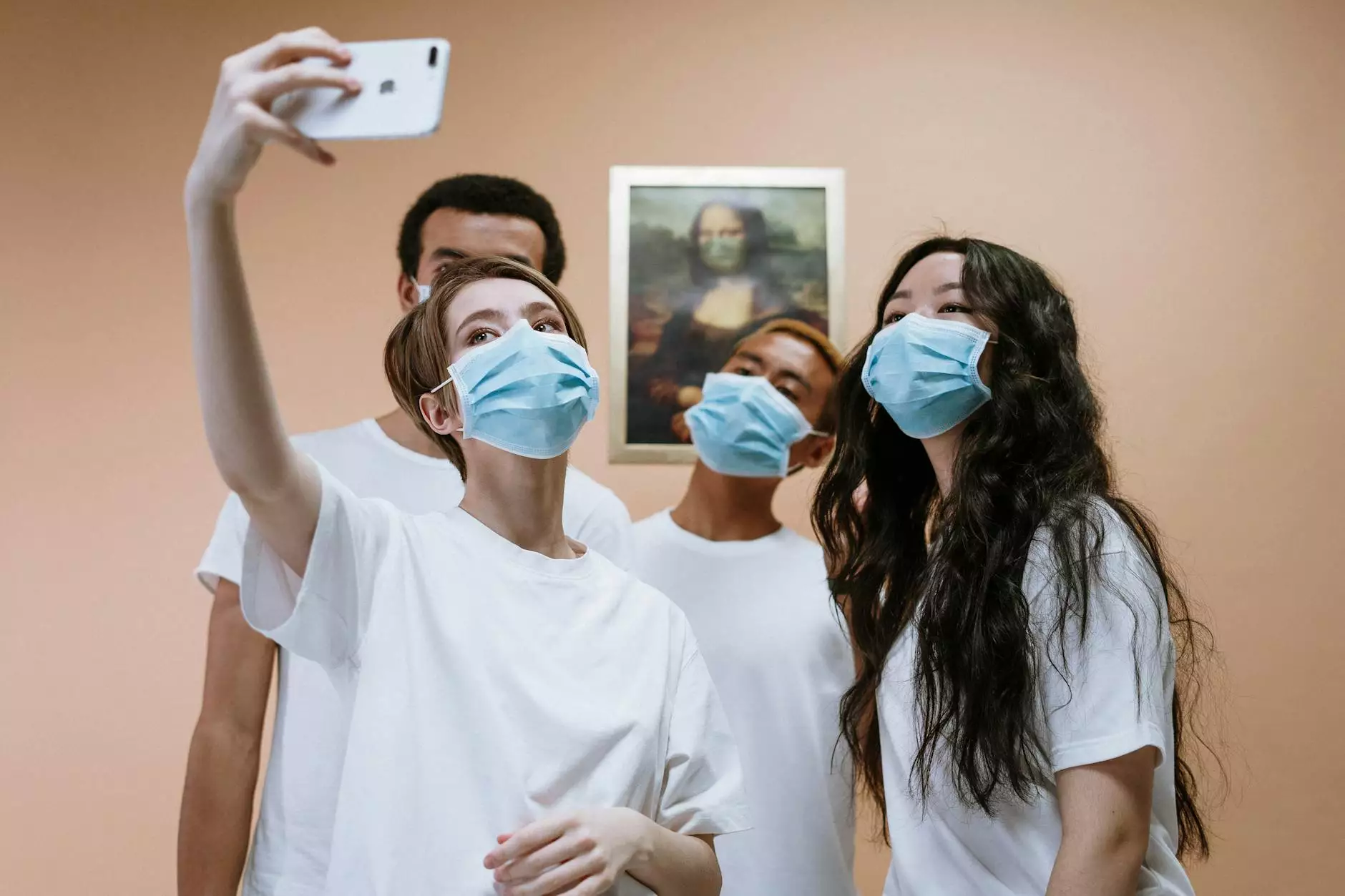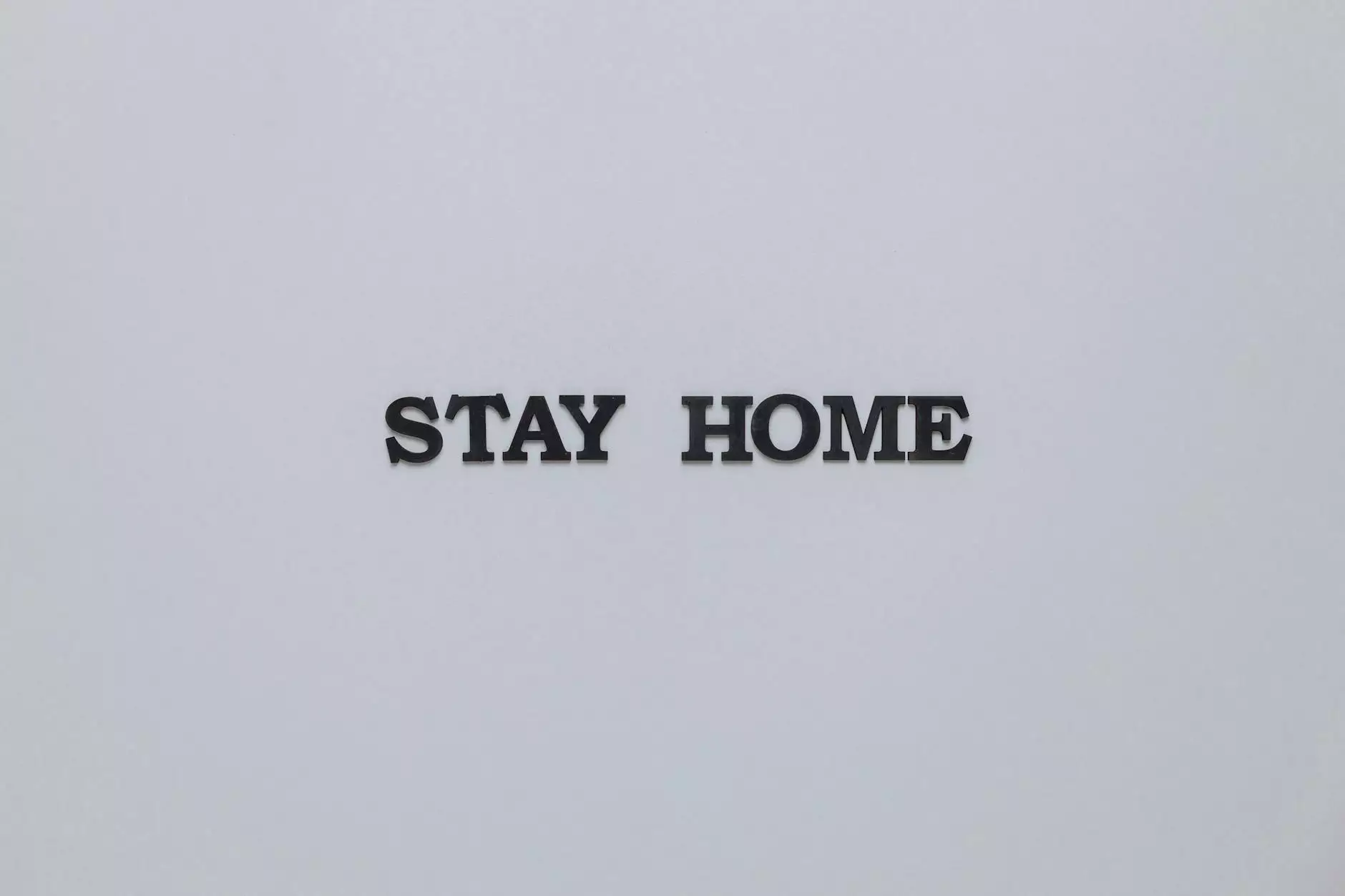Needle and Sharps Safety for Nurses and Healthcare Professionals
Healthcare Career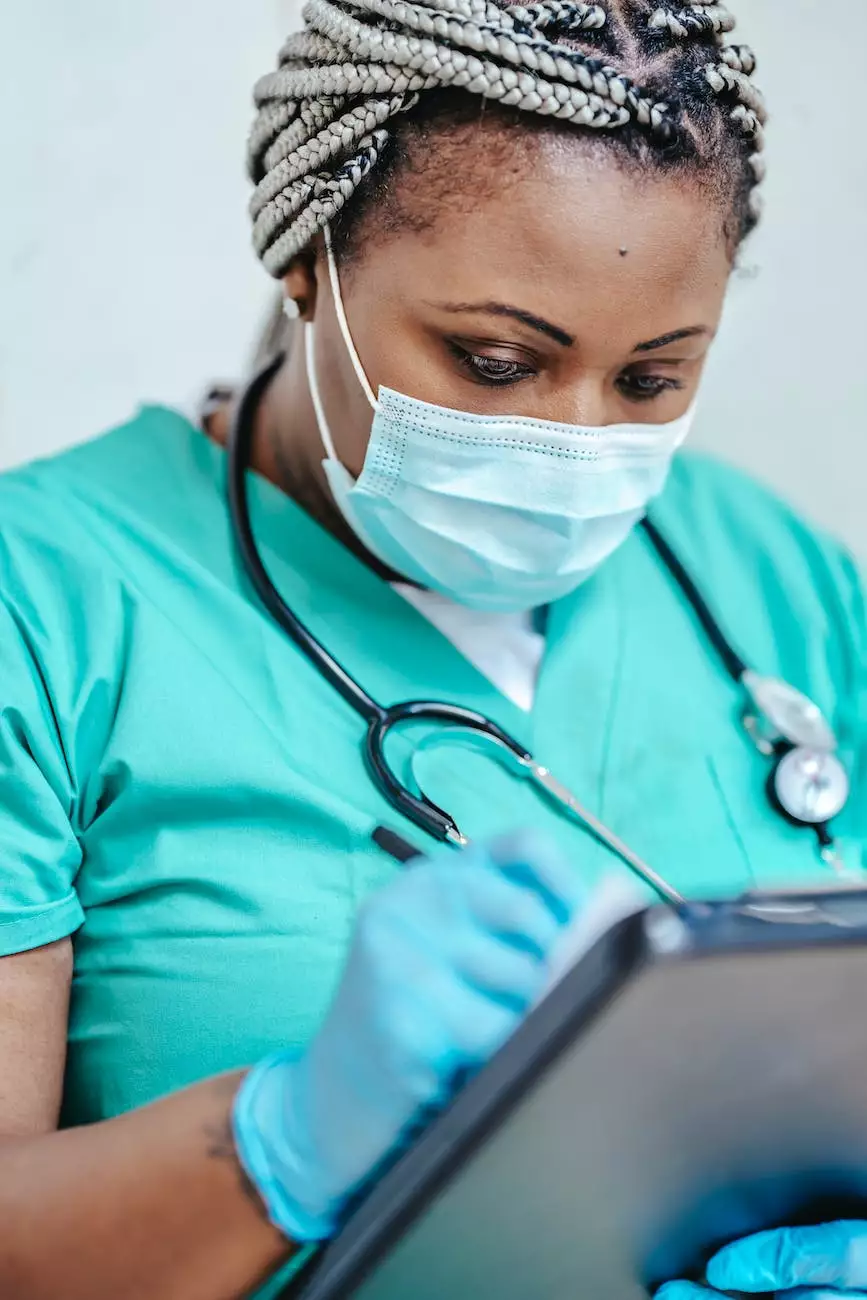
The Importance of Needle and Sharps Safety
As a healthcare professional, your utmost priority is to provide excellent care to your patients while ensuring your own safety. Needle and sharps safety is a critical aspect of healthcare practice, especially for nurses and other healthcare professionals involved in direct patient care. Proper handling, disposal, and mindful usage of needles and sharps play a crucial role in preventing occupational injuries, exposure to infections, and promoting a safe healthcare environment.
Understanding Needlestick Injuries
Needlestick injuries occur when a healthcare worker is accidentally punctured or pricked by a needle or sharp object. The risk of such injuries is particularly high for nurses and healthcare professionals due to their frequent exposure to needles and sharps during procedures like blood draws, injections, and IV insertions.
Risks Associated with Needlestick Injuries
Needlestick injuries can expose healthcare professionals to a range of infectious diseases, including hepatitis B, hepatitis C, and HIV. These injuries can have serious consequences on both physical and emotional well-being. The fear and anxiety associated with potential exposure can lead to significant stress among healthcare workers.
Best Practices for Needle and Sharps Safety
1. Safe Handling of Needles
Proper technique and handling of needles are essential in minimizing the risk of injuries. Some key practices include:
- Always use single-use, sterile needles.
- Never recap a used needle, as this increases the risk of accidental punctures.
- Avoid bending or breaking needles after use.
- Dispose of needles in designated sharps containers immediately after use.
2. Sharps Disposal
Proper disposal of sharps is crucial to prevent injuries and potential transmission of infections. Follow these guidelines:
- Use puncture-resistant sharps containers.
- Ensure containers are close to the point of use to promote immediate disposal.
- Never overfill sharps containers.
- Avoid reaching into containers or using your hands to compress the waste.
3. Personal Protective Equipment (PPE)
Wearing appropriate personal protective equipment is vital to safeguard against needlestick injuries. Make sure to:
- Wear gloves when handling needles and sharps.
- Use protective eyewear when there is a risk of splashes or sprays.
- Consider additional PPE, such as gowns, masks, and face shields, based on the nature of the procedure.
4. Education and Training
Continual education and training are essential to update healthcare professionals on the latest practices. The aim is to enhance awareness and promote a safety-focused mindset. Regular training sessions should cover topics like:
- Safe needle and sharps handling techniques.
- Proper use and disposal of PPE.
- Emergency response procedures in case of needlestick injuries.
Conclusion
By prioritizing needle and sharps safety, nurses and healthcare professionals can significantly reduce the risk of needlestick injuries and protect both themselves and their patients. Sexual Health Education & Economic Telehealth Services is dedicated to providing comprehensive resources and information on needle and sharps safety, ensuring a safer healthcare environment for all. Remember, prioritizing safety is the foundation of exceptional patient care.



